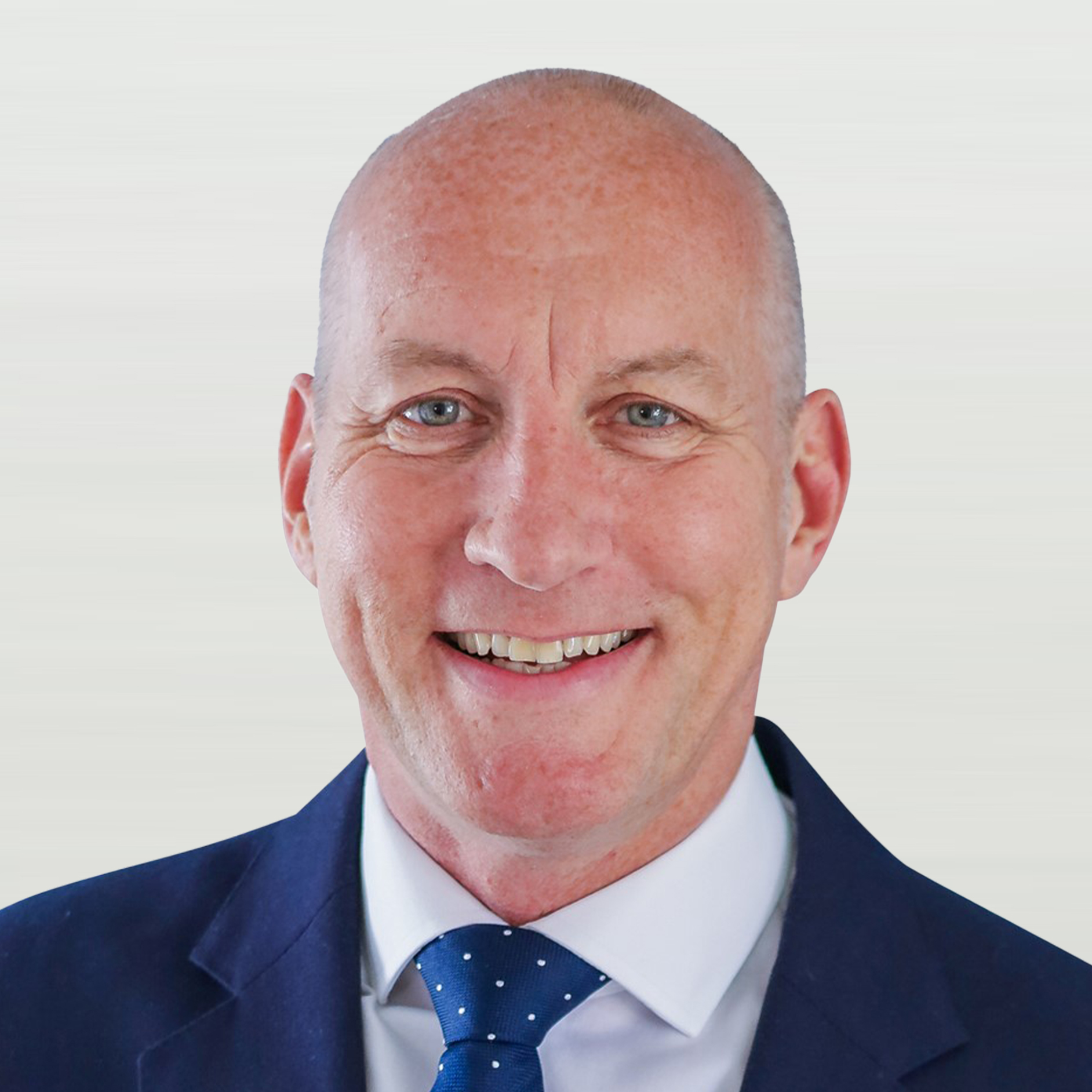
In the latest in our series, Portfolio Adviser hears from Stonehage Fleming director of group business development Steven Brown (pictured right)
Which particular asset classes and strategies do you anticipate your intermediary clients focusing on over the second half of the year and into 2022?
Now, as ever, is an extremely challenging time to predict what could happen in the future. At the beginning of the year, we saw many fund selectors updating their UK and European value fund panels. Now we are seeing professional buyers moving to UK and European small cap funds and continuing to invest in global growth funds following what could have been a short value rally.
Should end-investors – and, by association, asset managers – be thinking beyond equity and bond investments? Towards what sort of areas?
End-investors should continue to seek the expertise of our industry professionals – especially if they want to diversify away from more traditional asset classes. Many of my clients have the depth of expertise to cover alternative asset classes and, in turn, their clients have benefitted from them recently investing in the likes of gold, other commodities and property. Global equities continue to be the most popular funds as they provide a strong core portfolio to build upon.
Given client and regulatory pressure on fees and charges, how is your business delivering value for money to intermediaries and end-clients?
Personally, I feel value is derived from a result either meeting or exceeding my expectations and therefore I always look at investments based on their net return after costs, ignoring the specific cost itself. Cost is the one denominator everyone understands though and the majority of end-investors will therefore focus on this, putting our professional fund buyer clients under pressure to keep their fees down.
This pressure is then shared by the asset managers working with our clients to help meet the pricing expectations of the end fund buyer. Our flagship Global Best Ideas Equity fund is delivering a strong return at a competitive price and, further, at lower risk – in terms of obsolesce (only high-quality assets), currency (a diversified spread of currencies) and liquidity (only very liquid holdings). The fund has delivered net returns of 15% a year over the past five years, which has exceeded our clients’ expectations and provided them with great value for money.
How much of your distribution is currently oriented towards ESG issues and sustainable investing? How do you see this evolving over the next 18 months?
With an investment objective of achieving long-term growth in a focused portfolio of high-quality businesses, it is impossible in today’s world for that cohort of companies not to have strong ESG principles at their core. Our Global Best Ideas Equity fund invests for sustainable growth in best-of-breed businesses for their quality, strategic competitive edge and value – and, today, that means businesses that have ESG principles woven into their fabric. In particular, the investment strategy’s particular focus on the quality of company management speaks to the high standards of corporate governance businesses are held to in the current environment.
“This recent period of time has highlighted it is not where you do the job from but how well you do it.”
In what ways do you think the experience of the last 18 months has permanently affected or changed the asset management sector?
This recent period of time has highlighted it is not where you do the job from but how well you do it. Going forward, this should help employees deliver their best results from the environment that suits their roles. As employees now move back to their offices, we are seeing this also benefits everyone from idea generation to quick decision-making. An appropriate split between the two therefore seems to be the way forward.
How do you plan to balance face-to-face and virtual distribution? Have you identified aspects where one is especially better (or worse) than the other?
From a distribution perspective, seeing people face-to-face brings out the best from a meeting. While video conferencing was new and exciting in the beginning and is great for quick update meetings with clients, nothing beats face-to-face interaction. Going forward, we will be continuing to be led by our clients and hope they opt for in-person meetings where possible.
Have you managed a staycation or to get abroad in the last few months? Whereabouts and how was it?
Like many people, we discussed ‘should we stay or should we go?’. Initially we stayed and went to Thornham on the beautiful North Norfolk coast but, more recently, we got back from Santorini where we managed to catch some early autumn sun. My adult children were keen to join us but as they eat and drink far more than we do, we motivated them to go somewhere else!
What aspects of your own lockdown routine do you expect to continue with as people migrate back to office-working?
The lockdown commute has been a winner for most of us. Having been back in the office for some time, I was well aware the commute is actually a good time to catch up on things and provide a clear separation between home and work but, in the second week of September, I had to stand again on the train for the first time in 18 months and realised the days of the ‘quiet commute’ were over! Flexibility is the big winner, helping people get the most out of the job, delivering the best they can for their businesses with the chance, on occasion, to have breakfast or dinner as a family.
More generally, what are you expecting from ‘the new normal’?
I expect things will gradually go back to the ‘old normal’. An industry friend has already been asked to be in the office four days a week rather than the three originally agreed. I do think we will respect people’s choices of working from home at some points – and the idea of ‘shirking from home’ will certainly be put to bed for good.










